Designing a playroom that’s equal parts fun, functional, and future-proof can feel overwhelming—yet a handful of smart playroom ideas transform even the smallest nook into a creativity powerhouse. Below you’ll find 20 numbered concepts, each with clear, practical steps you can implement this weekend.
1. Open Floor Plan Playroom Ideas
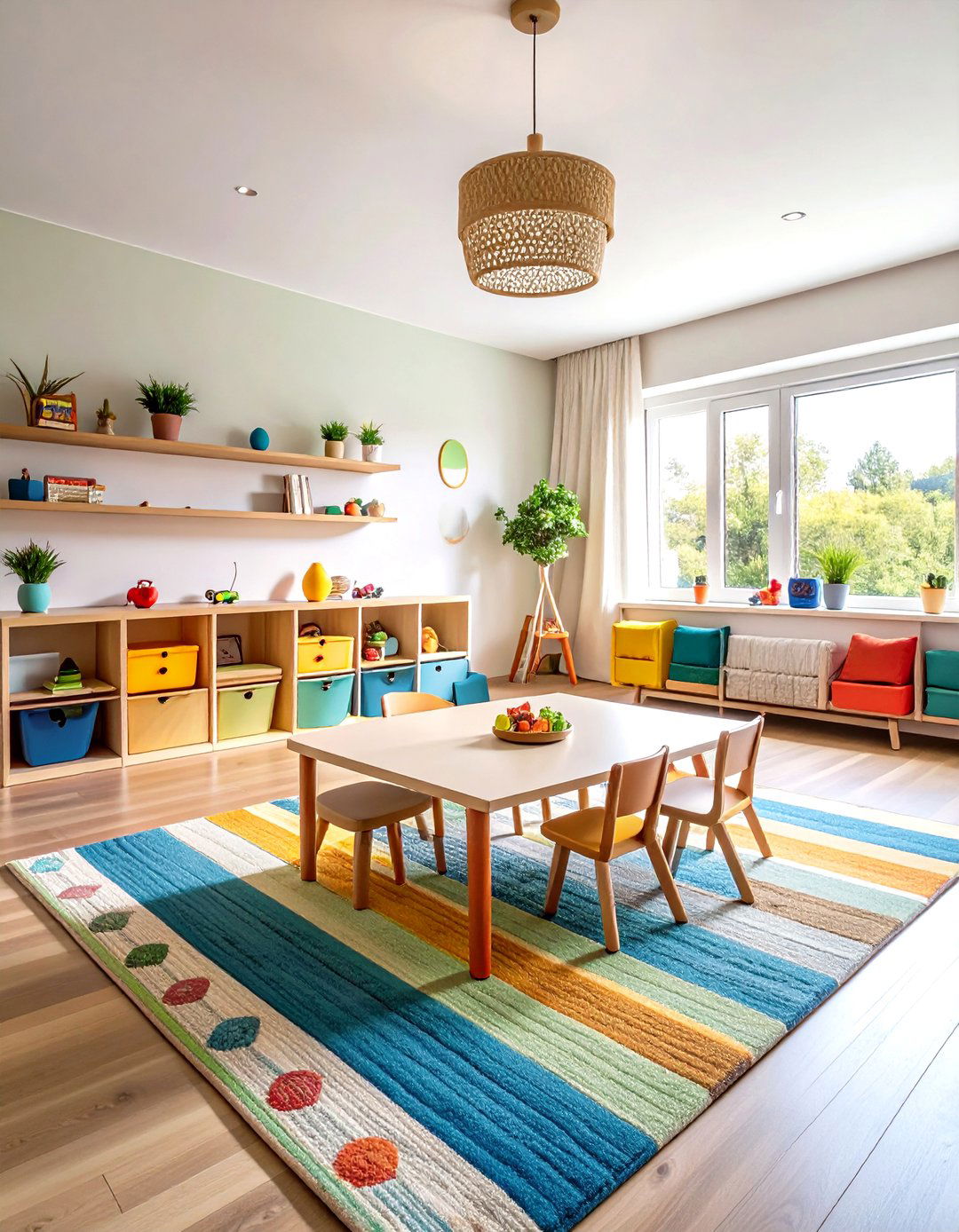
Unlike cramped layouts, an open-plan design lets kids spread out block towers, craft supplies, and pretend-play scenes without bumping elbows. Start by lining perimeter walls with low shelving, then float a child-sized table in the center to define a “work zone.” A large indoor-outdoor rug underpins the area and catches stray glitter, while a smaller cotton accent rug visually anchors storytelling corners. Designers at HGTV recommend layered rugs to protect floors and create subtle zoning cues that even toddlers understand.
The most popular playrooms hide clutter behind clean millwork. Built-in cubbies sized for clear bins keep puzzles upright, while deep drawers corral costumes. Better Homes & Gardens notes that labeling each section—either with words or pictures—helps children learn where items live, making cleanup part of play. Mount a wall rail above the cubbies to showcase rotating art; everything else tucks neatly away.
A Montessori space relies on child-height shelving and a limited selection of toys displayed face-out. RAD Children’s Furniture explains that accessible displays foster independence and longer engagement. Pair simple wood shelves with a two-in-one “playshelf” that flips to reveal hidden storage, as recommended by Lovevery, so rotation is effortless. Add a cozy floor mat at arm’s reach—then stand back while curiosity leads the way.
Surprisingly, soft whites, oatmeals, and sage greens amplify toy colors and calm overstimulated minds. Homes & Gardens’ recent family-home tour shows how pale wood, rattan, and linen accents still feel sophisticated when layered with playful elements like ladders and slides. The muted base grows effortlessly with changing themes, requiring only a pillow swap to refresh the mood.
A dedicated reading nook nudges children toward quiet time. HGTV designers suggest tucking a mini bookcase beneath a window seat, draping a gauzy canopy overhead, and piling in pillows for sensory softness. Many parents add a teepee or tent to create a secret literary hideaway that discourages screen time in favor of page-turning adventures.
Every budding artist needs an organized command center. A wipeable table flanked by rolling carts of supplies keeps materials visible yet contained. HGTV’s whimsical playrooms highlight a modular rail system that both stores paint pots and frames finished masterpieces, turning clean-up into a mini-gallery opening. Layer a laminated floor mat underneath for stress-free splatter sessions.
Few playroom ideas beat the thrill of an indoor slide. Whether it’s a freestanding structure or a loft attachment, online catalogs like Foter show designs that fit standard ceiling heights and include safety rails. Homes & Gardens further proves slides can sit comfortably in polished, grown-up spaces when built from matching timber and tucked beside built-ins.
Children who crave extra input benefit from a sensory zone filled with textured pillows, weighted blankets, and soft lighting. Pediatric therapists at NAPA Center recommend a corner with string lights, a crash pad, and tactile wall panels. Fun & Function’s guide adds bubble tubes or a spinning disco ball to give visual seekers safe stimulation.
For apartment dwellers, vertical organization is key. HGTV’s small-space roundup showcases Trofast towers reaching ceiling-high, while IKEA hacks repurpose Kallax cubes into bench seating with deep drawers below. Installing a fold-down wall desk doubles crafting capacity without stealing floor area.
When multiple ages share a space, zone planning preserves harmony. Extra Space Storage suggests symmetrical storage on opposite walls so each child enjoys ownership, while The Handmade Home advises color-coding baskets to avoid mix-ups. Add a central “community” table for cooperative projects, and let personal corners showcase individual artwork.
A STEM station turns curiosity into coding skills. CircuitMess kits and robots such as Educational Insights’ Artie 3000 come in sturdy bins that look tidy on cube shelves. Provide a magnetic whiteboard for circuit diagrams and a rolling cart for chargers, and the corner morphs into a mini makerspace ready for after-school experiments.
Painting a single wall with chalkboard paint instantly offers limitless canvases. DIY bloggers at Well She Tried suggest a magnetic primer beneath so letters and numbers can stick on, adding literacy practice. Keep dust at bay with a pull-down paper roll above the board for dry-media days.
A loft bed with stairs or a rope ladder doubles square footage by raising the sleep zone and freeing a play fortress underneath. Pinterest’s indoor-play-loft boards illustrate how curtains, LED strips, and a plush rug turn the lower level into an imagination cave, all while keeping the footprint no larger than a twin mattress.
From outer-space murals to jungle vines, themed décor ignites pretend play. Better Homes & Gardens’ 33-idea roundup spotlights removable wallpaper scenes paired with coordinating toy bins. Complement graphics with a matching dress-up rack so costumes stay tidy when missions conclude.
Parents who dread glitter storms can design for easy wipe-downs. BHG recommends glossy laminate tables and vinyl flooring, while professional organizers in Real Simple swear by labeled rolling carts that whisk crafts away for fast floor mopping. Pair the two, and even slime day ends in five minutes.
When big feelings hit, a calming corner teaches self-regulation. Occupational therapists at The OT Toolbox advise soft seating, emotion flashcards, and a timer to guide breathing games. GenMindful adds glitter jars and mirrors for practicing facial recognition of feelings. Keep the corner’s palette muted so overstimulation melts away.
17. Rotating Toy Library Playroom Ideas
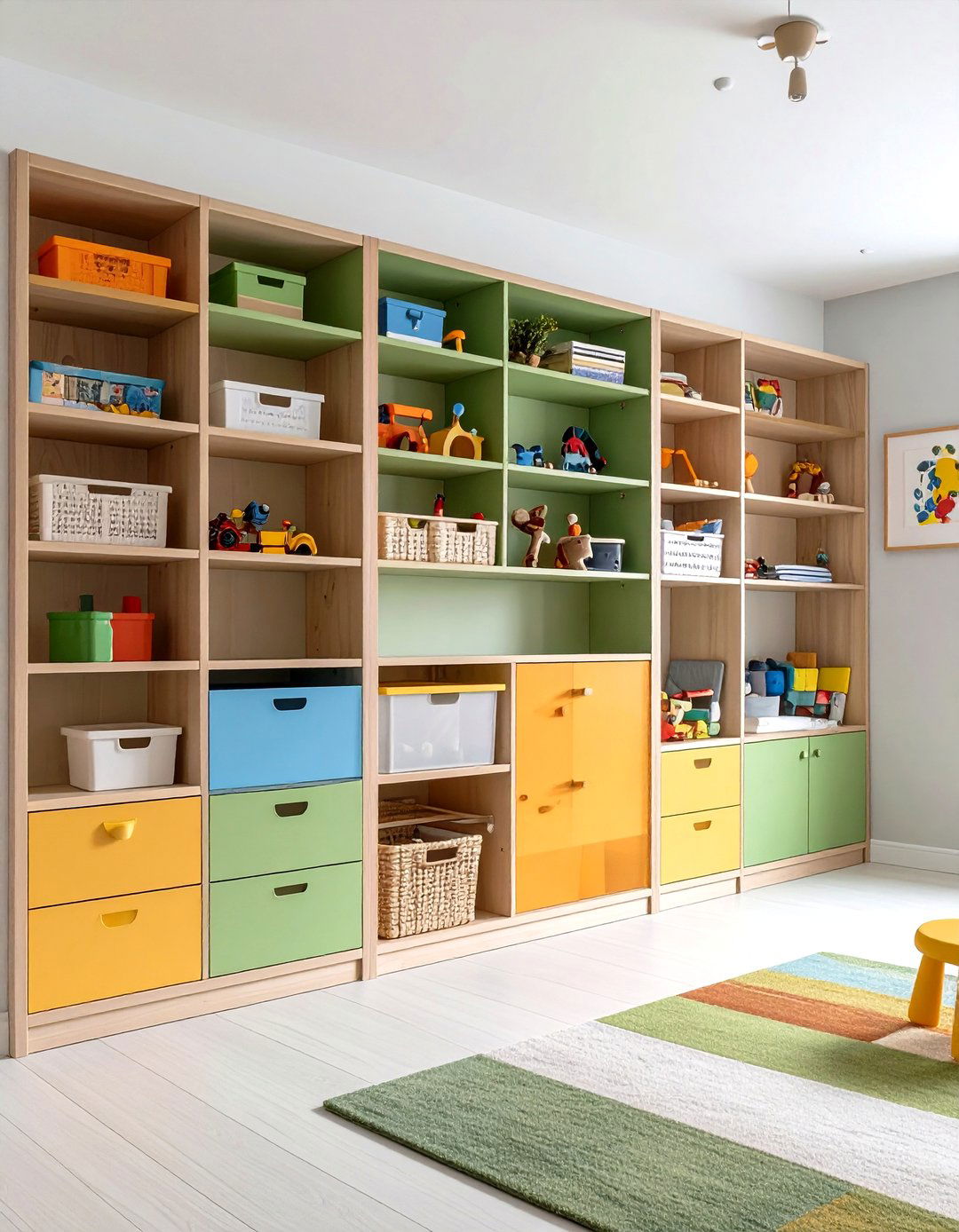
Toy rotation reduces overwhelm and renews excitement. Organizer Jessica Haizman shares that displaying only a third of toys deepens focus and eases cleanup. Learning Resources echoes the benefit, noting children spend more time inventing scenarios with fewer, well-chosen props. Store “resting” toys in sealed bins high in a closet and swap sets every two weeks.
Pieces that do double duty stretch budgets. Wayfair’s lift-top ottomans hide bulky train tracks yet serve as cushy seating, while BHG highlights cube-storage benches that morph from reading perch to Lego-sorting station simply by adding pull-out trays. Wheels on the base let the unit roll to wherever play happens.
Falls are inevitable, so choose forgiving floors. Greatmats outlines how interlocking foam tiles absorb impact and dampen noise, perfect for basement rumpus rooms. Carpetland’s playroom flooring guide adds cork tiles and carpet squares as washable, eco-friendly alternatives that still cushion knees. Mix textures to delineate zones while keeping toes cozy.
20. Labelled Storage Bin Playroom Ideas
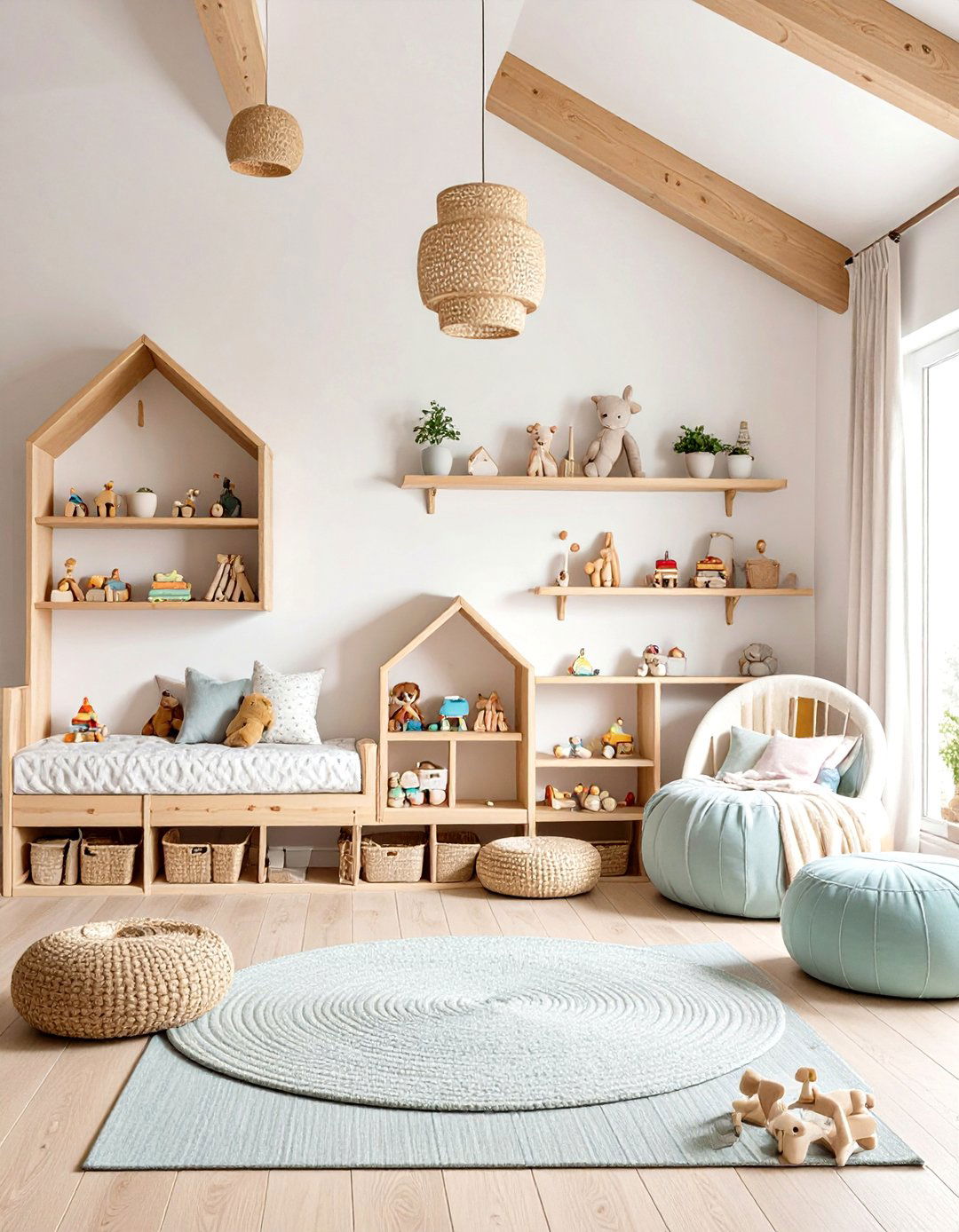
Finally, clear labels are the glue that holds organization together. Real Simple’s pro organizers favor Bluetooth label makers for picture-plus-word tags, while Amazon’s pre-printed Trofast stickers snap cleanup time by telling even pre-readers where dinosaurs or dolls belong. Consistent labeling nurtures ownership and keeps the whole system humming.
Conclusion:
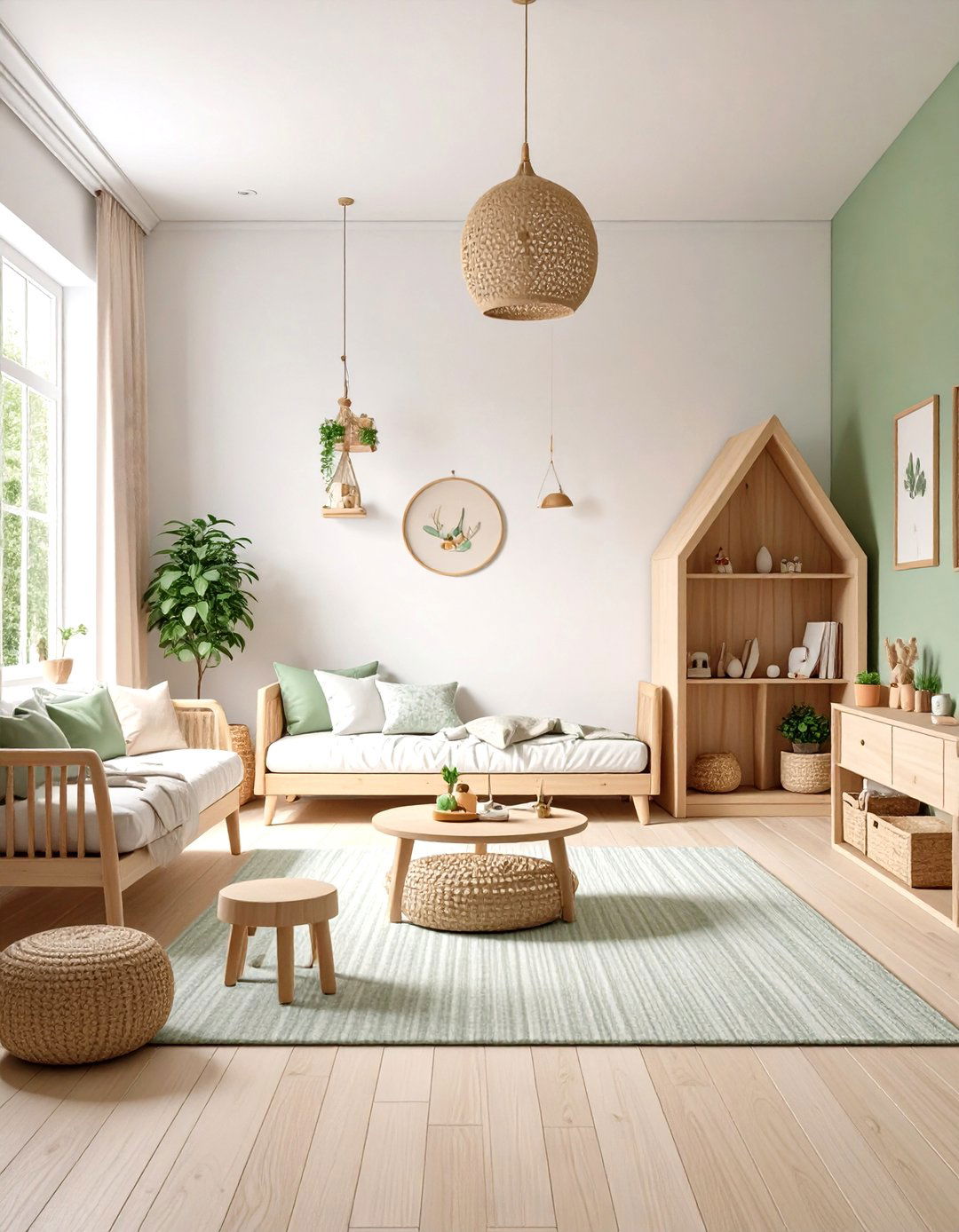
All things considered, these twenty playroom ideas deliver a balanced blend of structure and spontaneity: clever storage, engaging zones, and safety-minded surfaces work together to spark limitless play while ensuring order at day’s end. Mix and match to craft a space that evolves gracefully with your child’s imagination.


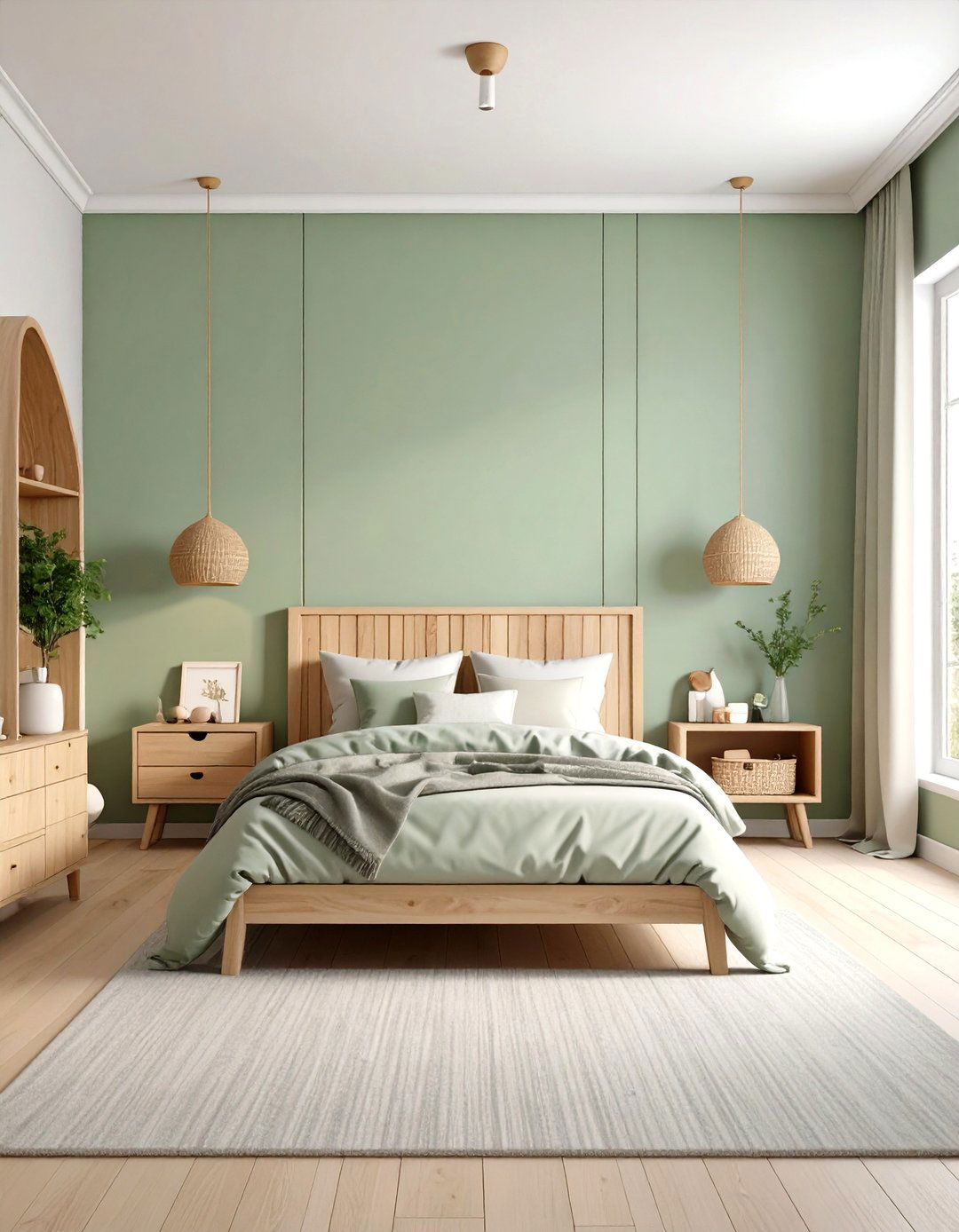

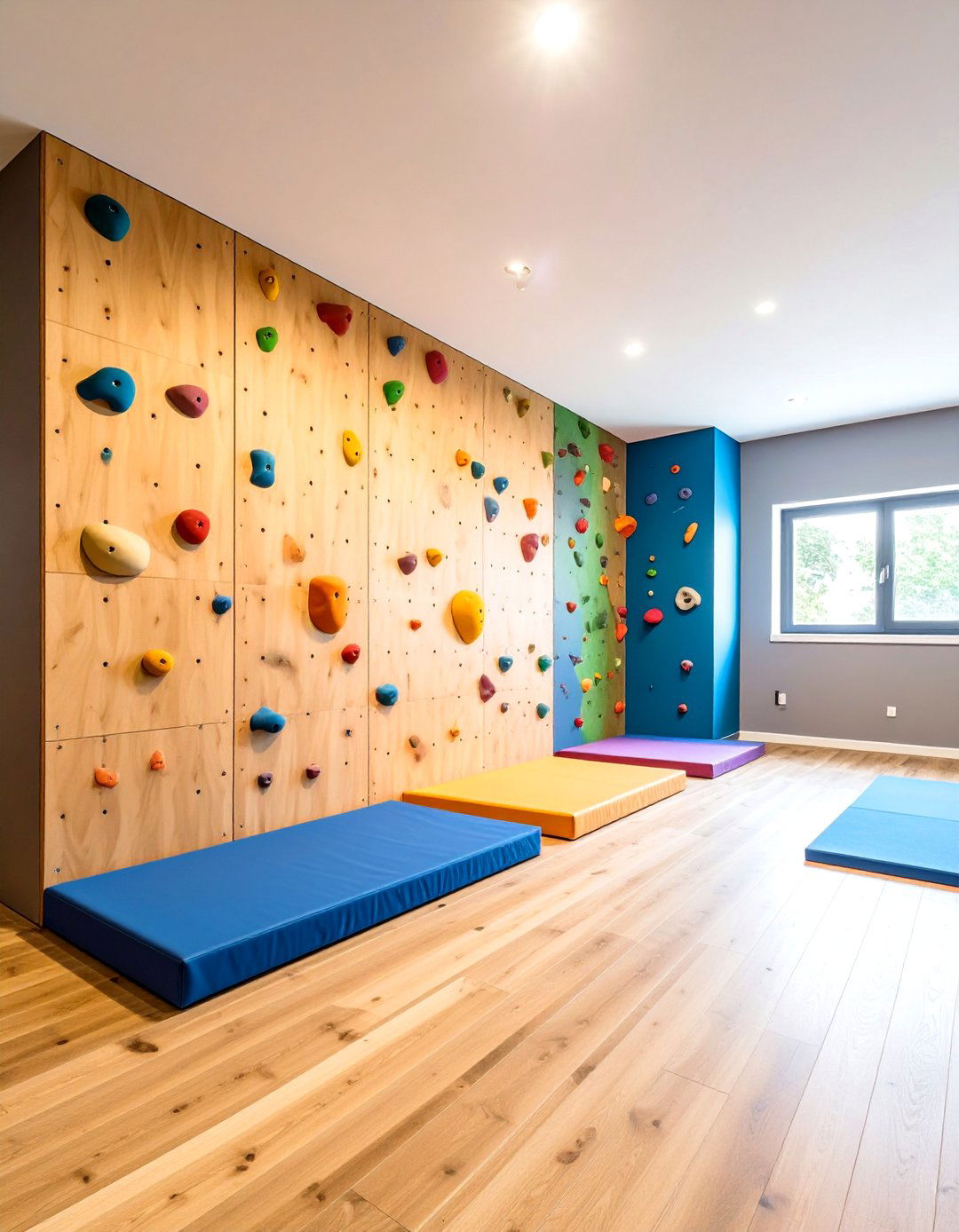

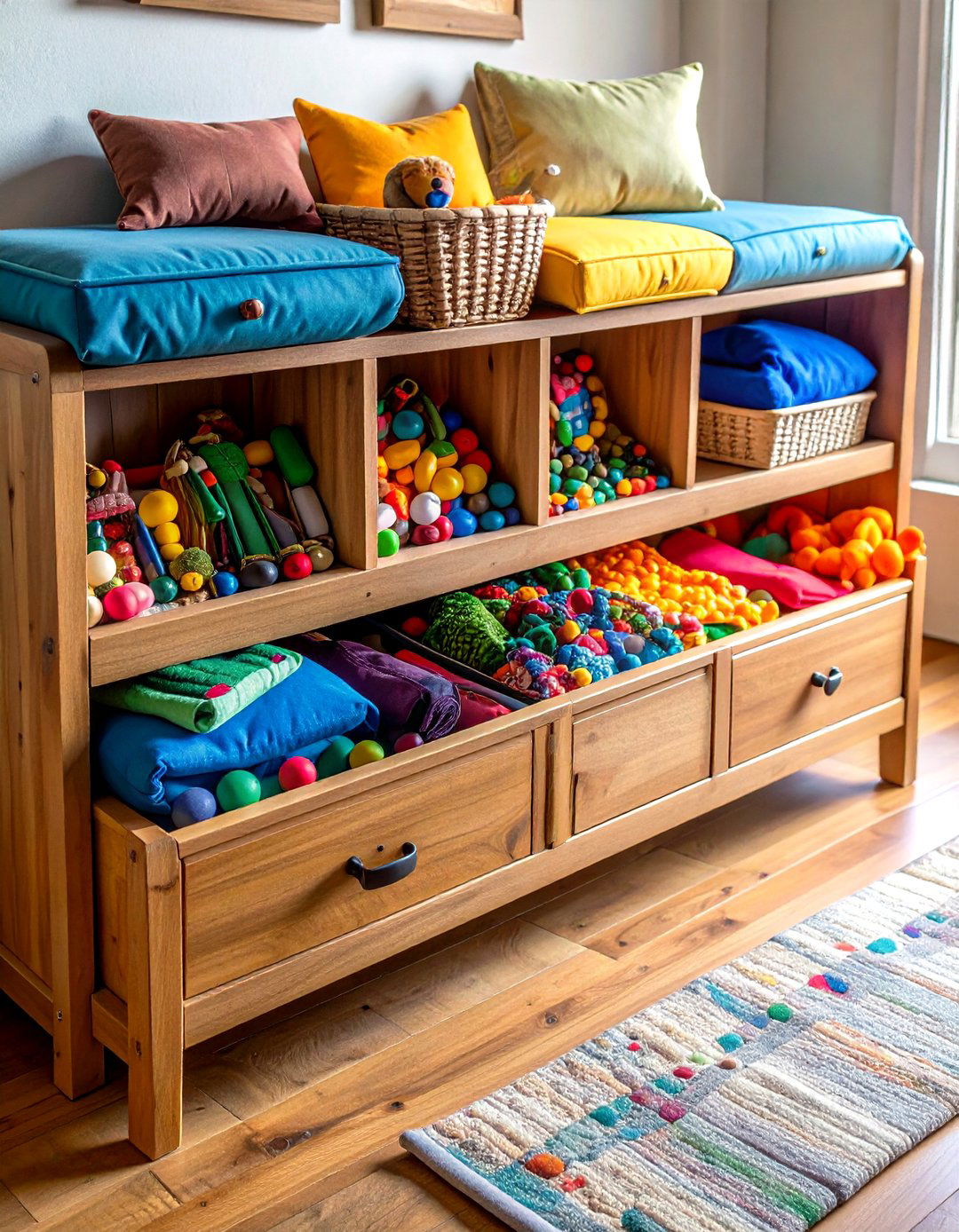
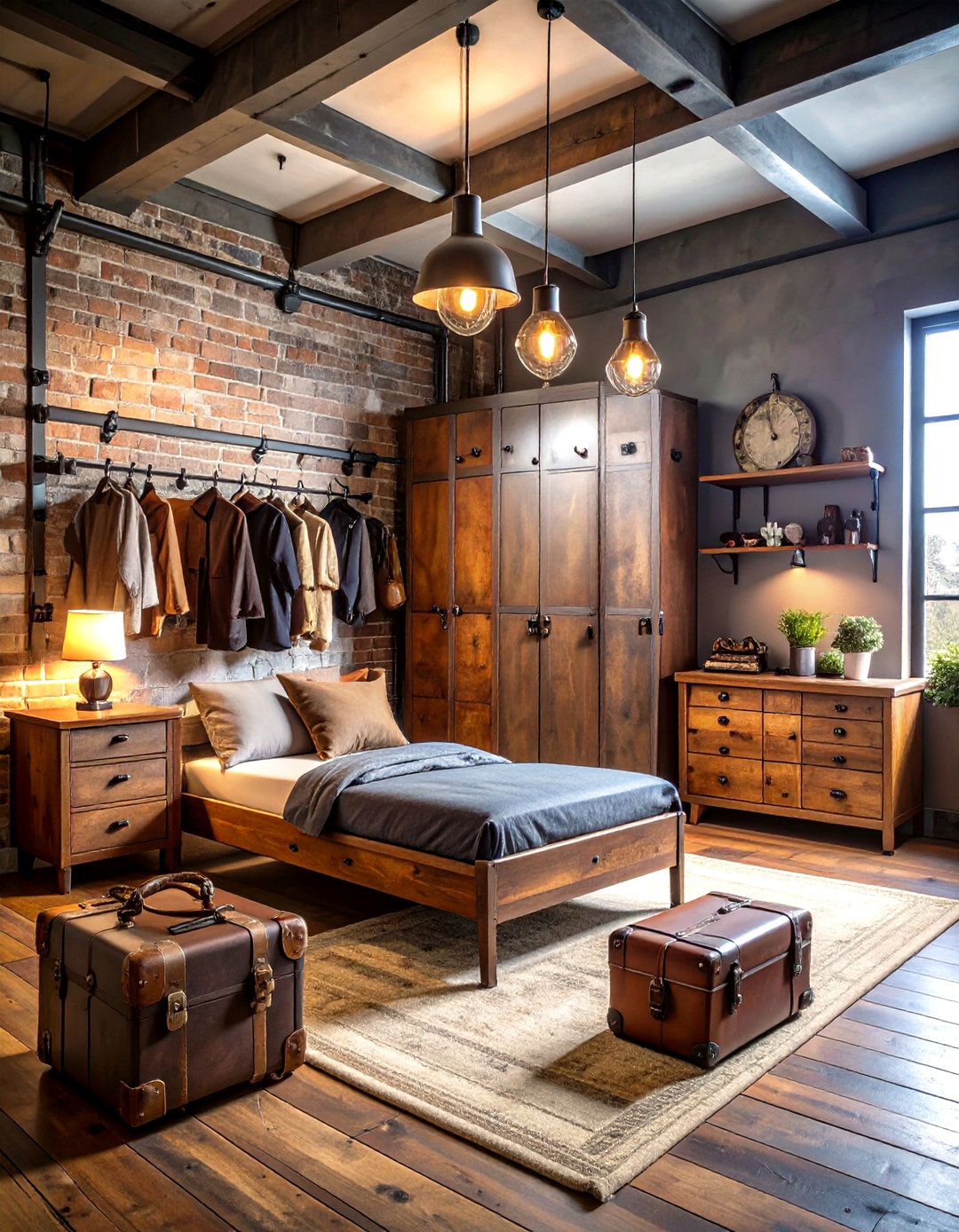
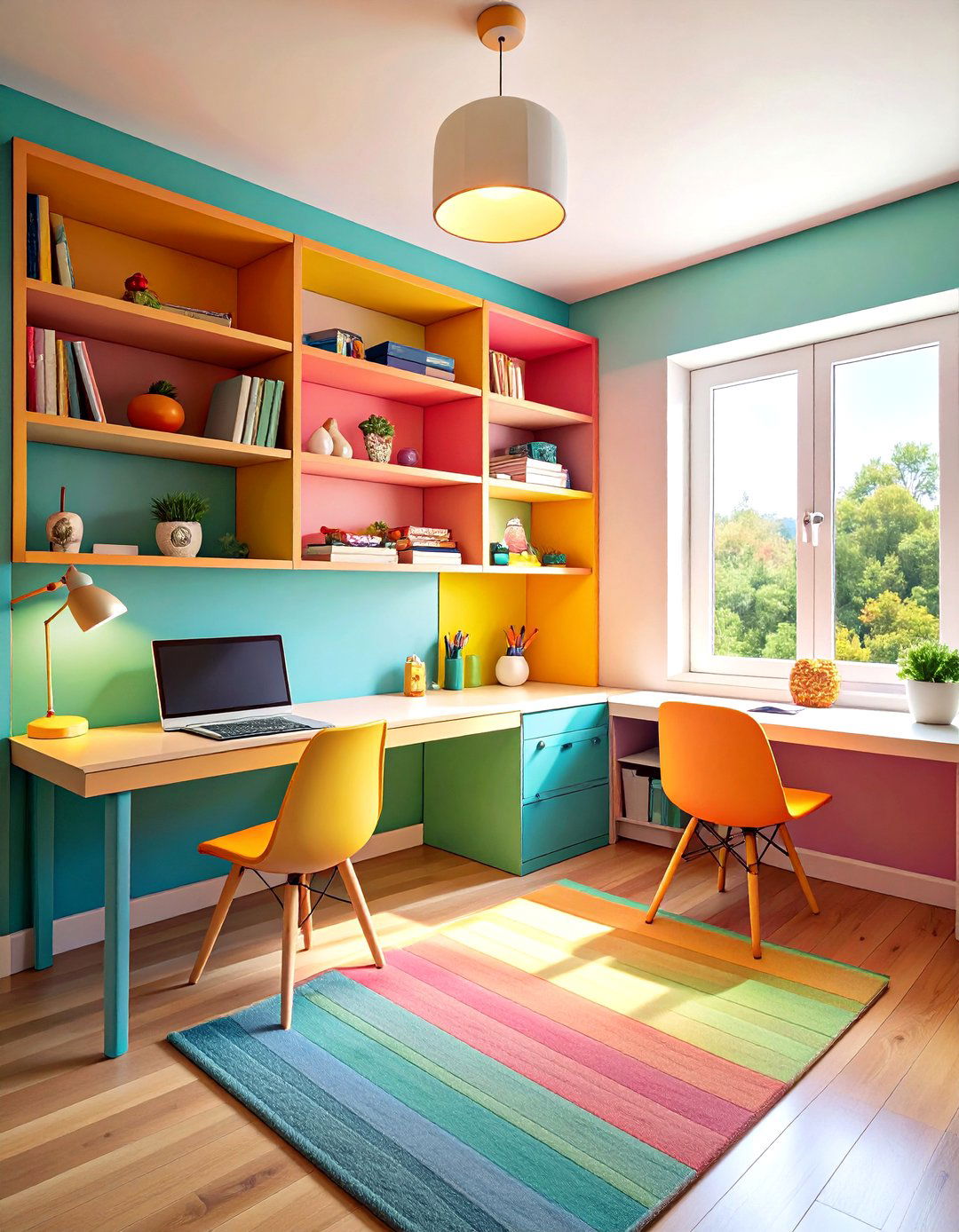
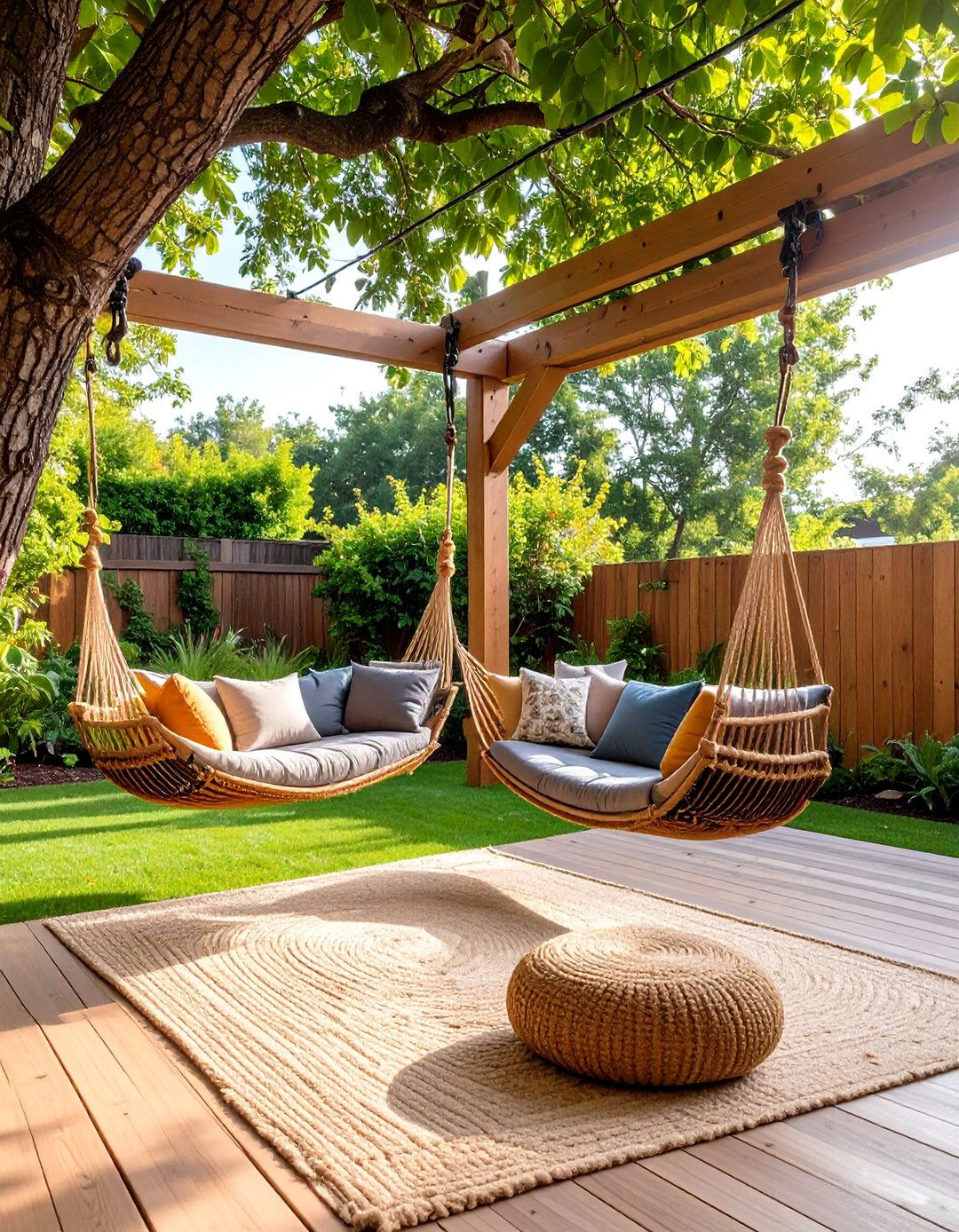
Leave a Reply